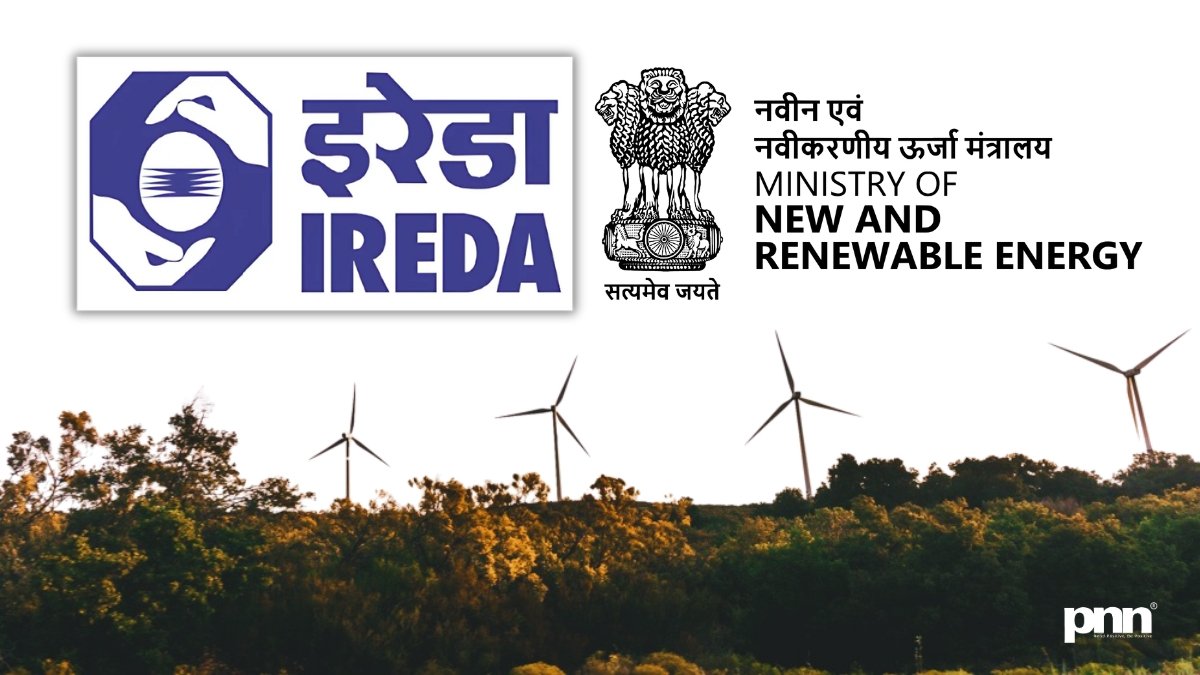
New Delhi [India], July 2: It’s rare for a single policy move to make you sit up and think, “This could actually change everything.” Yet the Research Development and Innovation (RDI) Scheme, approved by the Union Cabinet on July 1, 2025, does exactly that. With a massive one lakh crore rupee fund focused on private sector research, it signals a decisive shift in how India intends to power its future.
For decades, our brightest minds have either left for opportunities abroad or watched their ideas wither without funding. The RDI Scheme tackles that head-on by making sure no promising technology is left stranded for lack of resources. It gives the private sector a reason to dream big, not just in safe areas but in the kind of advanced manufacturing, defense tech, and green energy solutions that can define a nation’s destiny.
Here’s the exciting part. Unlike many past programs that spread funds thinly across early-stage concepts, this scheme is aimed squarely at projects on the cusp of becoming real. By focusing on high Technology Readiness Levels, it helps innovators make the leap from lab to market. This is where India has stumbled before, and where the RDI Scheme could finally break the cycle.
Why does it matter? Because India needs to build industries that don’t just follow trends but set them. We need our own companies designing cutting-edge defense systems. We need startups creating renewable energy breakthroughs that the world wants to license. The RDI Scheme could be the lever that lifts India into that league.
The governance plan feels reassuring too. Having the Anusandhan National Research Foundation, chaired by the Prime Minister, at the top ensures strategic alignment with national goals. The Department of Science and Technology steering implementation shows this isn’t a vanity project but a serious effort backed by experts. And an Empowered Group of Secretaries will keep a sharp eye on performance, giving this scheme a better chance of avoiding the fate of other well-intentioned but poorly executed programs.
If you look closer, you’ll see a clever strategy for building a deep-tech ecosystem. By including a Deep-Tech Fund of Funds, the RDI Scheme is making a statement that India wants to own its future in frontier technologies. This isn’t just about apps and e-commerce. It’s about semiconductors, advanced robotics, and green hydrogen: fields that can generate high-paying jobs and secure India’s technological sovereignty.
And let’s not overlook the timing. This scheme comes just months after a significant hike in the R&D budget for 2025-26, showing clear intent from the government to back its words with money. For too long, India’s ambitions were limited by cautious, incremental steps. Now, with this scale of investment, we’re finally talking about a big, bold leap.
RDI Scheme: India’s Big Bet on Research Could Rewrite Our Economic Story
Here’s what I believe: if implemented well, the RDI Scheme will do more than just produce a few patents or prototypes. It can fundamentally shift the mindset of India’s private sector. It can turn research from an expense into an opportunity. It can inspire thousands of young engineers and scientists to stay here, to build here, to believe that the next global tech breakthrough could have a “Made in India” tag.
That’s how you create an innovation culture. Not with slogans but with serious funding, strategic direction, and accountability. By removing the biggest barrier for private R&D, the sheer cost of long-term experimentation, the scheme gives Indian companies permission to think beyond immediate profits.
In a country where talk of “Viksit Bharat 2047” can sometimes feel abstract, the RDI Scheme offers something tangible. It says that by the 100th year of our independence, India will not just be a consumer of global technology but a creator of it. It says we will build our own solutions for our unique challenges, from defense to climate change, and then export those solutions to the world.
So yes, this scheme might just brighten India’s future. If it ignites private sector R&D the way it promises, it will light the path toward a self-reliant, technologically advanced India that no longer has to depend on anyone else’s ideas.
And that’s a future worth getting excited about.



